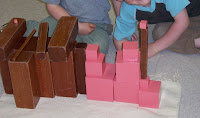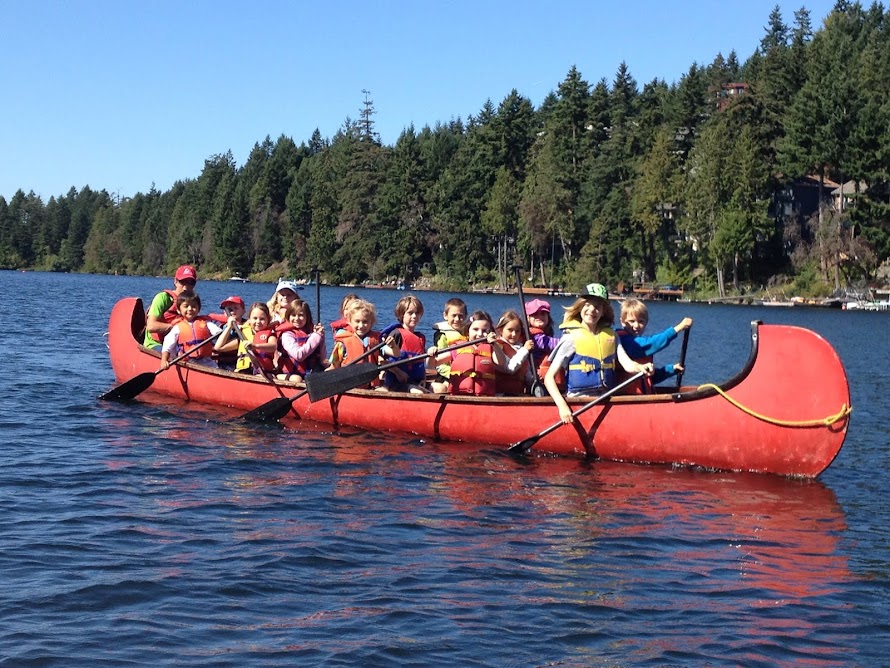
So, if the imaginary play is not annoying or offending other children and the materials are not being misused, I would stand back and observe what is actually taking place. Is the child exploring the materials and making discoveries within that imaginary play? Does the child abandon imaginary play after a few minutes and become deeply focussed on the work? Is this play the child's way of partaking in false fatigue – is this her way of preparing for the next stage of work? Observation will answer any of those questions and will dictate what, if any, action is needed by the teacher.
 As for misusing materials and furniture, this should be stopped immediately. Taking a child by the hand and having him stand with me while I work with another is one method of halting inappropriate behaviour. Another is to invite the child to go for a classroom walk with me until he finds something interesting to do. On occasion, I have suggested a child go outside and dig eggshells into the garden or fill the birdfeeder. I have even opened my arms wide and enveloped a child in a great big hug. Keep in mind, however, that whatever method I choose comes from my relationship with the children. A hug may refocus one child only to aggravate another.
As for misusing materials and furniture, this should be stopped immediately. Taking a child by the hand and having him stand with me while I work with another is one method of halting inappropriate behaviour. Another is to invite the child to go for a classroom walk with me until he finds something interesting to do. On occasion, I have suggested a child go outside and dig eggshells into the garden or fill the birdfeeder. I have even opened my arms wide and enveloped a child in a great big hug. Keep in mind, however, that whatever method I choose comes from my relationship with the children. A hug may refocus one child only to aggravate another.
Hope this helps.

5 comments:
Thank you for your insight. It was helpful. I think at times it can be very overwhelming especially when you are not in a classroom on a regular basis and all of the readings tend to focus on how things should look, and the naturalized class, but it is not always that way. It is hard to tell sometimes what to do when your kids are not "following the method" as the children in the many writings of Dr. Montessori are.
Hi Cynthia!
This is an interesting subject. I think
of the times my daughter would throw herself
on the floor, whining and say, I'm bored.
I got in the habit of ignoring it, instead
of coming to the rescue, and she worked her
way through it and found another occupation.
If a parent or teacher is always in the rescue
from boredom mode, the child does not move
on and learn independence...interesting.
Montessori was so wise!
K.
www.kathysmontessorilife.blogspot.com
I am a Montessori "director"(male) and I just batten down the hatches and ride out the storm. My assistants are not trained and tend to frantically put out fires while I sit back and observe.
Hi:
Kathy, I like that term - rescue from boredom mode. That is exactly what many people do whithout realizing the potential impact of their actions.
Anonymous, I hear you. Sitting back takes a lot of practise and mindfulness.
I have false fatigue from first line time until the end of the day.... hehe
Post a Comment